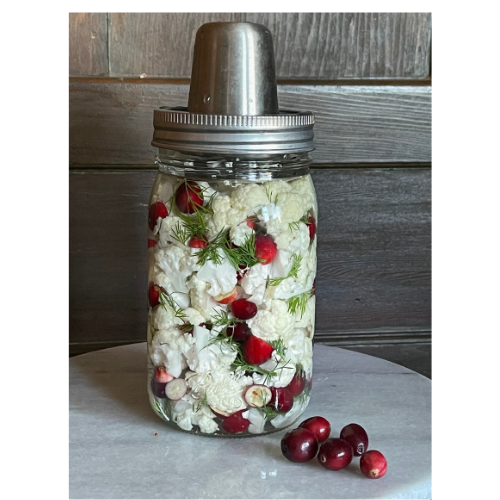
Purslane (Portulaca oleracae) is considered a weed by many people, BUT it is actually one of the most nutriently robust vegetables to be found, anywhere! And due to its frequent medicinal use worldwide by different cultures, it was named "Global Panacea" by the World Health Organization.
Why is it such a powerhouse plant?
For starters, it contains omega-3 fatty acids, which are really hard to find in vegetables! And here's a short list of benefits according to Old Farmer's Almanac:
Purslane is also known to help with insomnia.
Ingredients:
1 lb green cabbage, finely shredded
2 - 3 teaspoons Celtic Sea Salt or Omnivore Salt
4 - 6 oz. purslane, cut into 2" lengths
(Discard the bottom stems if they are too woody.)
1 small carrot, sliced
1 small clove garlic, optional
1. Place the chopped cabbage in a large glass, ceramic, or stainless steel bowl.
2. Sprinkle Celtic or Omnivore Salt onto the cabbage and massage for about 5 - 6 minutes.
3. Allow mixture to rest in the bowl for about 30 minutes. This will help to draw out liquid from the cabbage.
4. Add in the purslane, carrot, and garlic.
5. Pack into a quart-size, wide-mouth mason jar. Using a wooden spoon or rolling pin, firmly press the mixture down into the jar. The vegetables should reach the shoulder of the jar. If you have time, let the mixture stand for 24 hours to help build up more liquid (see Note). This will help prevent overflow later.
6. Place Kraut Source onto the jar. Allow to ferment between 10 - 12 days in a cool spot, away from direct sunlight. Check your ferment after 24 hours to see if there's enough liquid drawn out to cover the top of the vegetables by one inch (2.5 cm). If not, remove Kraut Source and add in enough brine*. Check every few days that there is water in the moat, and top off as needed.
7. Replace Kraut Source with a standard mason jar lid and ring. Transfer to the refrigerator.
Note: Depending on the quality of the cabbage, you may or may not get a lot of juice. Add more brine* to cover the vegetables by 1 inch (2.5 cm), if needed.
*Brine ratio = 1 teaspoon (5 ml) sea salt dissolved in 1 cup (240 ml) filtered water
Comments will be approved before showing up.
